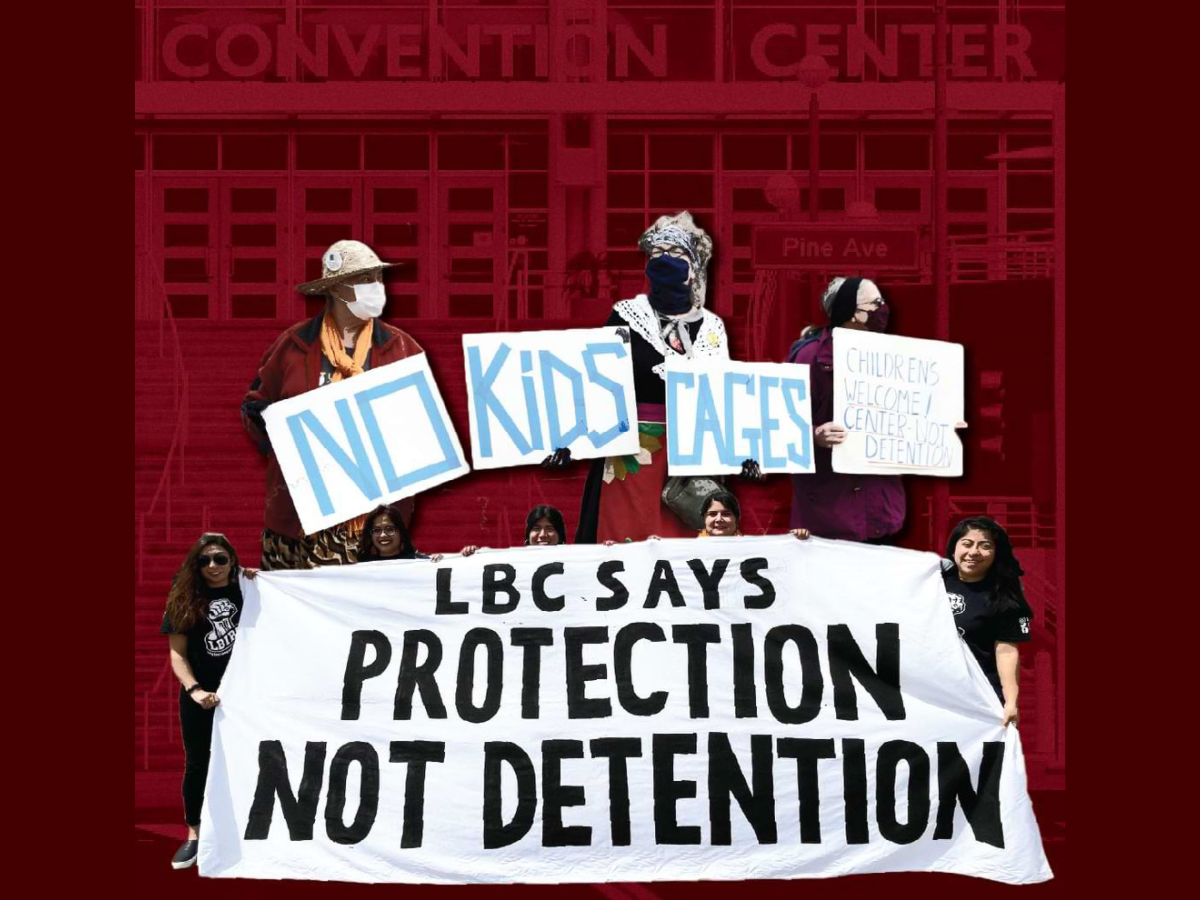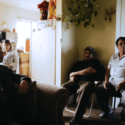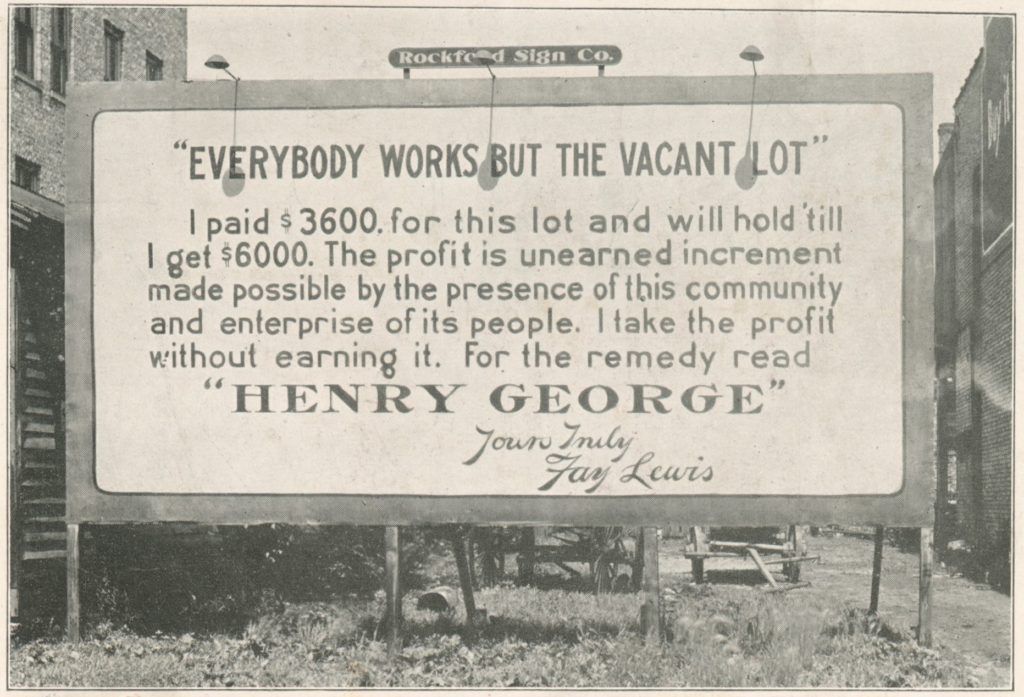PERSPECTIVE | Child Facilities are Biden Rebrands of Trump Playbook: Here’s What Long Beach Organizers are Doing About it
9 minute readThe views expressed in this perspective piece do not necessarily reflect the views of FORTHE Media.
Vice President Kamala Harris’ disastrous message to migrants seeking asylum—“Do not come”—laid bare with three words what the Biden administration has repeatedly been signaling through policy: change is not coming.
The disturbing similarities between the immigration playbook of President Joe Biden and former President Donald Trump, down to the anti-immigrant slogans that dominate the news cycle, have immigrant rights groups at the same level of high alert as the past four years, at a time when many expected relief.
For example, when we heard the words “intake” and “influx” take hold of mainstream media in early March of this year to describe the massive migrant prisons springing up in Southern California, red flags went up. Within liberal circles, we heard sighs of relief—there was finally a solution to the harrowing images that shook the nation during Trump’s presidency of half a million children living under terrible conditions in actual cages.
We did not share that relief.
In fact, we mobilized; first within our communities and then at the state level, and finally nationally, to make it clear to anyone who would listen that these facilities were not a solution. At rallies and meetings, we always opened with the same question: Would you keep your children in these places?
When we hear the reframing of “cages for children” as “influx” and “intake” facilities, but see no change in the living conditions for these children, nor to the system of family separation that continues to take children away from their family and community, we can’t help but think of the ways that immigrant prisons have been slowly woven into normalcy in our society. We cannot allow history to repeat itself with child detention.
Since the inception of the modern immigrant detention system, which started in the ‘80s under former President Ronald Reagan, there has been a concerted effort to dilute the reality of immigrant prisons. For years, some immigrant rights advocates even supported the notion that immigrant “detention” is a necessary evil, where immigrants fighting their cases fared better than those serving sentences in prison or jail. Misinformation was pushed by the federal government and private prison operators who exaggerated the availability of programs and resources to people detained in these facilities. Just as the U.S. has the largest prison population on Earth, it now operates the largest system for detaining migrants in the world.
Yet, the reality is that immigrant prisons, as they should aptly be labeled, are another extension of a brutal mass incarceration system that denies individuals their freedom and separates them from their families.
At the outset of a global pandemic early last year, it became impossible for the federal government to deny the grim reality of the conditions inside these facilities. Take, for example, the fact that 2020 was the deadliest year for people detained by Immigration and Customs Enforcement (ICE) since 2005, with 21 deaths happening in the custody of ICE, according to the Cato Institute.
We’ll concede that the U.S. Department of Health and Human Services (HHS), which is running the latest migrant child facilities, is not the same thing as ICE. But HHS is eyeing some of the same contractors to provide services in their child facilities as they’ve used for ICE detention, and some of them have a damning history of sexual assault.
So while we agree that a solution is not only needed but urgently necessary, we’re wary of replicating the tried-and-failed model of incarceration used again and again to target Black, Indigenous, and other communities of color, separate families, and put human beings in cages.
Because we recognize that the federal government continues to separate families and cycle children into a replica of the immoral and brutal immigration detention system that in 2018 sparked an abolitionist movement, we often find ourselves at odds with political leaders “eager” to help.
Tomisin Oluwole
Face the Music, 2022
Acrylic on canvas
24 x 36 inches
Click here to check out our interview with Tomisin Oluwole, a literary and visual artist based in Long Beach.

Instead of gunking up our site with ads, we use this space to display and promote the work of local artists.
For example, on May 18, Long Beach Mayor Robert Garcia, an immigrant himself, applauded the “quick and safe” reunification of 222 children who were being held at the Long Beach Convention Center, where HHS is contracting space until August to keep children in exchange for $22 million. We shared his joy in that children were being reunited with their families, but when we think about the number of children who continue to be separated from their families on a daily basis at the southern border of the U.S., we realize that these small victories are merely drops of water in the ocean.
We waged a similar campaign in the Central Coast of California, where HHS was considering Camp Roberts to house more than 5,000 children. Camp Roberts—a remote military base surrounded by barbed wire along with active duty military members and an onsite landfill for toxic waste—is no place for children. We petitioned Rep. Jimmy Panetta and Rep. Salud Carbajal to take a bold stance against these facilities, after they issued a joint statement on April 15, promising to hold Camp Roberts to the standards of border facilities they had toured previously. Our advocacy worked, and on June 3, HHS announced they were no longer considering the facility, citing decreased numbers of unaccompanied minors requesting asylum at the border.
Each time we interact with elected leaders, we urge them to amplify the reality of the situation and push for a real federal solution, such as rescinding Title 42 of U.S. Code Section 265. Invocation of this section of public health policy is a product of Trump policy advisor Stephen Miller’s far-right strategy to demonize immigrants and expand a white nationalist agenda through the U.S. government. Under this policy, nearly everyone requesting humanitarian aid is automatically “expelled” from the border. While Title 42 has no public health justification, the Biden administration has kept it in place for adults and families arriving together, but began to admit unaccompanied minors. Since the shift in policy, some parents and guardians have made the devastating decision, out of desperation, to send their children off ahead of them, alone, to cross the border.
It’s clear that Biden’s cages send the same message as Harris’ speech. The U.S is sending a message to those fleeing persecution, poverty, and harm: If they come to the U.S. to exercise their legal right to asylum, they’ll be put through a treacherous system of cages and bureaucracy. Biden is calling in political favors to play out this failing strategy, and Democrats, like Garcia, are falling for it.
The reality is that, for many, the trek to this country is a final bid in a long saga of struggle in a region that has been ravaged by repeated natural disasters and centuries of economic manipulation by the United States. Whether you look at Guatemala, Nicaragua, El Salvador, or Mexico, you can see the fingerprints of U.S. intervention, intent on destabilization for the benefit of American corporations and hegemony.
The result is forced migration. And it’s important to remember that it’s directly connected to the impacts of U.S. intervention. This is not a reality unique to South and Central America, either. It’s the M.O. of the U.S. to destabilize regions across the globe and exploit their people for cheap labor under the veil of humanitarian relief and refuge.
That is why we organize, and why we stand in stark opposition to a model that relies on the tried-and-failed strategy of caging human beings. Harris’ warning to future migrants to stay home will ultimately fail because there is no home to stay in. We would argue that in fact, our living conditions in this country have depended on centuries of exploitation and colonization of foreign nations at the hands of the U.S. government. As such, it is then our duty, as arbiters and benefactors of destruction and destabilization, to account for our bloody past. We don’t do this by separating families and putting kids in cages.
We do this by repealing harmful policies like Title 42 and receiving people fleeing poverty, persecution, and trauma with kindness and compassion, as is their legal right. We also do this by calling for an end to U.S. intervention and destabilization in other countries, so that people can have a fighting chance at safety and security.
We can’t allow prison for children to become the better alternative, much less the new normal. For the sake of the children at the center of this issue, the U.S. needs to overcome its brutal obsession with separating families and solving problems with cages.
Gaby Hernandez (she/her) serves as the Executive Director for the Long Beach Immigrant Rights Coalition. Gaby was born and lived in Mexico City until she was twelve years old and moved to Oceanside, CA where she grew up before moving to Long Beach five years ago. Her life experiences as an undocumented woman have fueled her passion and commitment for social justice and immigrant rights. She’s an abolitionist who believes in the importance of people power and grassroots organizing in order to make real systemic change. Gaby received her Master of Arts in Applied Anthropology and a Bachelor of Arts in Anthropology with a minor in International Studies from California State University, Long Beach. Gaby has a dog named Fuego whom she adores.
Maricela Gutiérrez is the Executive Director of Services, Immigrant Rights and Education Network (SIREN), an immigrant and refugee rights organization in California. She is also the co-founder of a nonprofit that provides legal, healing through art, and wrap-around services to unaccompanied minors. Maricela’s parents migrated with her siblings from San Luis Potosí, México and established roots in California’s Central Valley where they worked as farmworkers, cannery workers and in fruit packing houses. Growing up she witnessed firsthand racial profiling and violence in her community as members of her family were targets of local police and ICE raids. She is a proud mother and her life commitment as an advocate and organizer is to elevate the power of those most affected by criminalization in the fight for immigrant and human rights.
CORRECTION: An earlier version of this Op-Ed stated that the Department of Health & Human Services (HHS) and Immigrations & Customs Enforcement (ICE) are both overseen by the Department of Homeland Security (DHS). This is incorrect, HHS is not overseen by the DHS.


 ghernandez@lbirc.org
ghernandez@lbirc.org @atrevida_gabs
@atrevida_gabs




